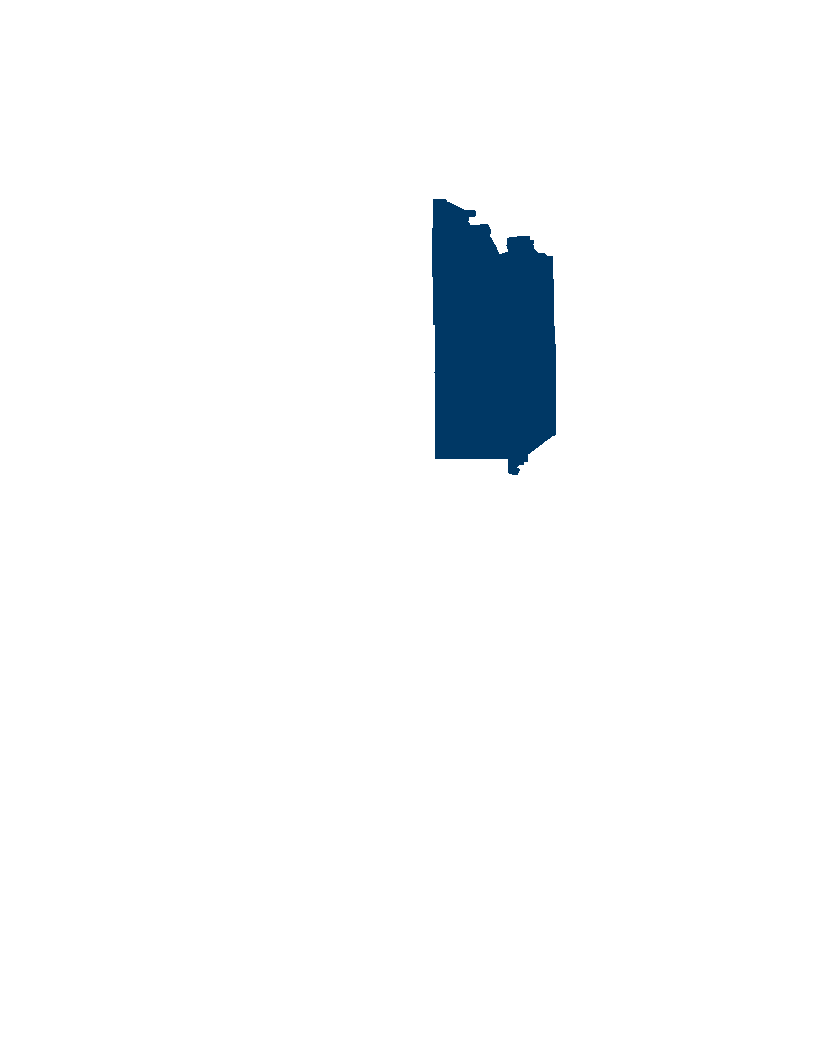Planting SEADS: Community Storytelling Program
SEAD seeks to expand on our successful storytelling program by archiving and illustrating first-person narratives from elders in our community. Our proposed program, entitled Collections from Home,will document first-person stories from elders in our Hmong, Viet, Khmer, and Lao communities on topics related to immigration, childhood, homelands, and tradition, which will then be illustrated by emerging artists within our community for publication and distribution.
2022-2023 Cultural Heritage and Community Identity Grants - Winter 2021
The outcomes of this project are:More Southeast Asian community stories are shared and preserved through a community-led process. Southeast Asian community members will better realize their power and how to navigate systems through storytelling. Communities will build cross-cultural mutual understanding. Southeast Asian diaspora communities will be more centered in shared public narratives.Southeast Asian diaspora community histories, stories and cultural arts will be more centered in public art and understanding. Educators, policymakers, healthcare workers, and other community leaders who work with predominantly Southeast Asian communities (Hmong, Khmer, Lao, and Vietnamese) will have accessible examples and materials in order to engage with Southeast Asian cultures and histories, to increase their cultural competency and communication skills. We will measure these outcomes through a series of metrics that track both outputs and impact, as described in the evaluation section below.
We have changed our approach to story gathering, both for increased intergenerational participation and for the comfortability of our storytelling participants. Rather than do an open call, we are asking our community partners to ask trusted volunteers, participants, community members, etc. to gather for a story collection cohort. We will have four cohorts, one for each of our heritage backgrounds (Hmong, Lao, Viet & Khmer). Each cohort will meet 3-4 times, with the first three meeting being the young folk only to establish trust in the process and understanding the strength and tools needed for authentic storytelling. Our final meetings will include the cohort's elders, where, after a community dinner, they will each go off into various corners with iPads and talk to their elder to collect stories.
This process will ensure we have story collectors that know the purpose of the project and feel like they can continue these skills in their lives, and storytellers that trust and have a relationship with their younger person and feel comfortable sharing their story.
As such, we are reducing the need for community healers, given that the relationship between young person and elder will be strengthened in this process. ; SEAD has successfully completed our 2023 Planting SEADS project. We worked with 25 elders from our local communities, capturing their oral stories (via recording) for posterity in our online archive, and publishing 18 stories in our print anthology. The book was celebrated at a launch event on Saturday, December 2nd at the Public Functionary gallery in Northeast Minneapolis. Over 80 people were in attendance at the event. We read five stories, two read in the original heritage languages (Lao and Khmer) and three read in English. Each of the 20 stories was illustrated by an emerging artist from our community. In addition to the custom illustrations, each story was published with personal family photos from each storyteller, adding to the representation and personality of each piece. Elders and fellow community members were able to see the visual representation of their stories on the walls of the gallery space during the reading event. Of the 375 copies of the book we had published, over 200 have been sold and shared throughout the community. We anticipate a reprint of both this anthology and our volume 1 at the end of this calendar year.
To capture the stories, we worked with intergenerational story collection teams. Knowing that our first-generation elders, many of who don't speak English, have had little to no exposure to social justice initiatives, we decided to work with a younger member of their family to help facilitate the story collection process. The cohort of younger family members went through a 3-session workshop series on the process and power of authentic story collection. One Hmong member of the cohort stated, "This [the story collection] has been the highlight of my year. I want to do this with all of my elders," (2023). Each story took a minimum of three community members to create: (1) the story collector, (2), the elder or story teller, and (3) the illustrator. This doesn't include the family members that were brought in to help with translation and family photo collection.
The ultimate goal of the publication was to capture stories of joy, celebration, tradition, and cultural pride. Rather than focus on the struggles of being a refugee solely, the collection celebrated the families and their struggles, while also looking at moments of levity. This preservation of joy helped in the building of a more personable understanding. Yes, each of these families has experienced the diaspora journey as a result of the Vietnam War, but each of them also has their own lives, networks, friends, and families that contribute to their current identity as Southeast Asian Minnesotans.
With the book published and available for purchase, we have seen important feedback on the subject matter of the Southeast Asian diaspora. Many outside our four heritage groups (Hmong, Lao, Khmer, and Viet) were either made aware or grew in their understanding of the shared history here in Minnesota. Others were able to have emotional empathy for the joys and struggles recorded in the anthology. Within our community, we saw inter-cultural group relationship building and relatability. For example, a Filipina attendant of the book launch remembered the refugee camps outside her hometown in the Philippines, and related to this to one of the Viet readers from the series.
We hope to do further promotion of the book, with several low cost readings to be scheduled throughout the state in the next year. We plan for the knowledge sharing to increase the strides we've made in visibility and narrative sharing.
We have an additional $55,000 funding from the Asian Americans Advancing Justice and $15,000 from the Marbrook Foundation to help with the book production and the stipends for our illustrators. . We had an additional $100,000 from the Asian Americans Advancing Justice Center (AAJC) and $10,000 from the Marbrook Foundation. The majority of this funding went toward covering staff time and benefits. .
* Asian Americans Advancing Justice - $55,000
* Marbrook Foundation - $15,000
* Choua Her
* Eric Nguyen
* Sopheak Neak;
* Aloun Phoulavan
* Sopheak Neak
* Christina Hughes
* Choua Her
* Lynn Nguyen
* Jay Rattanavong
* Anita Keo
* Maypahou Ly



















